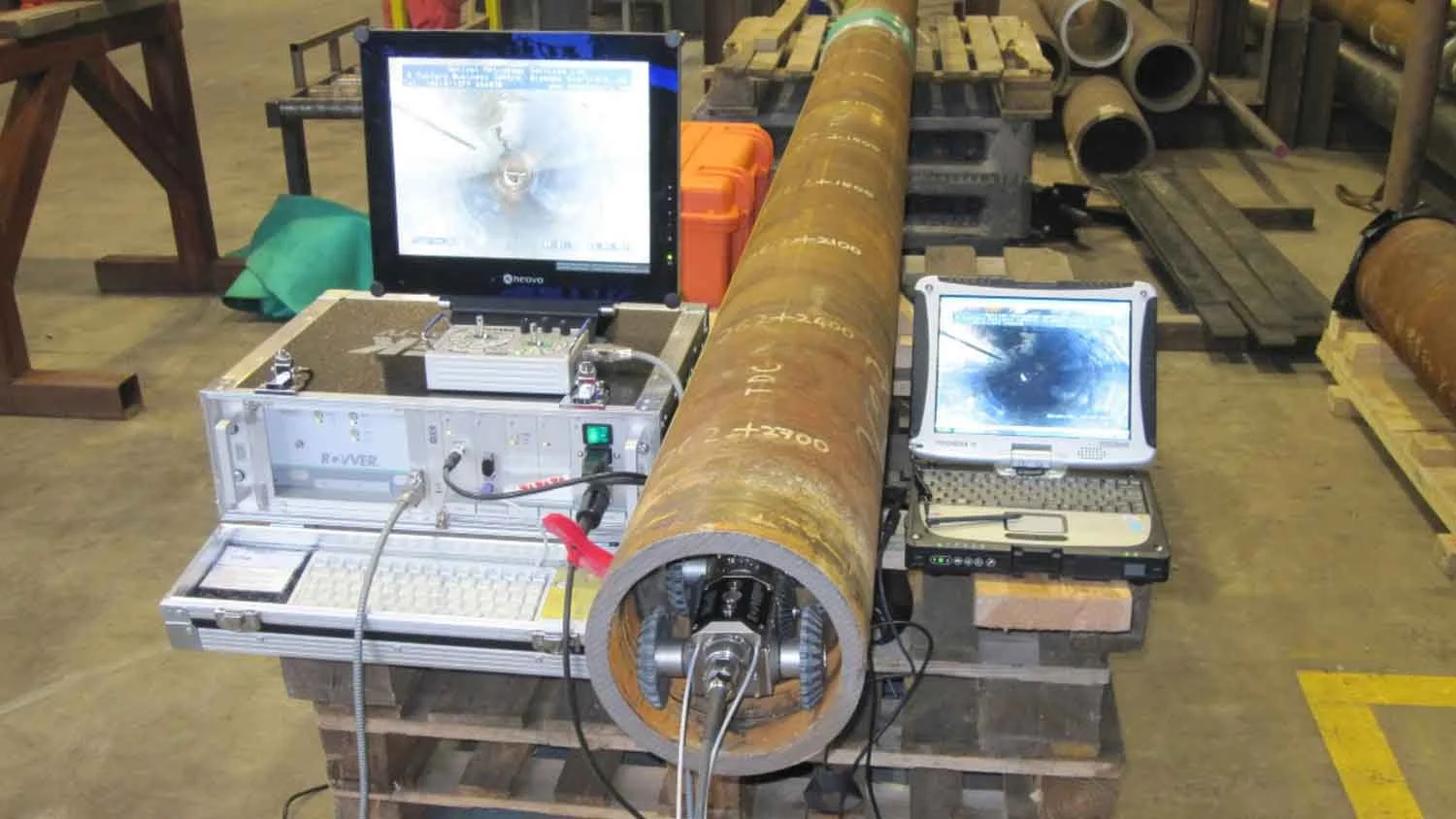Optimize Performance: Proactive Pipeline Welding Inspection Approaches
Optimize Performance: Proactive Pipeline Welding Inspection Approaches
Blog Article
Comprehensive Overview of Pipeline Welding Evaluation Treatments
Pipeline welding inspection treatments play a vital duty in guaranteeing that bonded links meet rigorous sector criteria and specs. From precise pre-welding assessments to thorough post-weld evaluations, a well-defined evaluation process is important for maintaining the architectural stability of pipes.
Pre-welding Examination Preparations
Before starting the welding procedure, thorough pre-welding examination prep work are important to make certain the stability and high quality of the weld joint. These prep work involve a precise exam of the materials to be bonded, the welding equipment, and the work atmosphere. By performing detailed pre-welding assessment prep work, possible issues can be determined and fixed early on, leading to top quality and dependable weld joints.
Welding Procedure Qualification
Comprehensive pre-welding evaluation preparations lay the structure for the essential procedure of Welding Procedure Qualification, guaranteeing the integrity and top quality of the weld joint. Welding Procedure Certification (WPQ) is a vital action in the welding process that involves testing and accrediting welding treatments to guarantee they meet certain requirements and demands. The WPQ procedure normally includes welding treatment requirements advancement, welding procedure certification testing, and paperwork of the outcomes.
During welding treatment requirements advancement, crucial information such as the welding procedure, welding materials, joint design, and welding criteria are defined to produce a thorough procedure. Subsequently, welding treatment credentials testing is performed to confirm the recommended treatment's honesty. This screening typically includes welding test discount coupons that go through different mechanical and non-destructive examinations to analyze the weld's quality and adherence to the defined criteria.
In-process Weld Examination
Throughout the welding procedure, in-process weld evaluation plays a critical duty in guaranteeing the top quality and stability of the weld joint - Pipeline Welding Inspection. This type of assessment entails checking the welding specifications, analyzing the weld bead development, and detecting any kind of potential problems or suspensions as they occur. By carrying out in-process weld inspections, welding operators can quickly resolve any problems that might develop, therefore preventing further issues and guaranteeing that the final weld satisfies the required specifications
Usual approaches used for in-process weld examination consist of visual inspection, liquid penetrant testing, magnetic fragment screening, ultrasonic testing, and radiographic screening. Visual examination is commonly the first action while doing so, permitting examiners to visually Home Page analyze the weld for surface area abnormalities such as cracks, porosity, or incomplete fusion. Advanced techniques like ultrasonic screening and radiographic screening offer comprehensive insights into the internal framework of the weld, ensuring that there are no hidden issues that can endanger the weld joint's strength and stability. Generally, in-process weld evaluation is important for maintaining the top quality and integrity of bonded pipes.
Non-destructive Testing (NDT)
Non-destructive Screening (NDT) is a crucial method utilized in pipe welding examination to evaluate the stability of weld joints without causing damage to the welded framework. By utilizing numerous NDT strategies, inspectors can assess the high quality of welds and recognize any flaws or stoppages that might endanger the architectural sturdiness of the pipeline. Typical NDT approaches utilized in pipe welding evaluation consist of Radiographic Testing (RT), Ultrasonic Screening (UT), Magnetic Bit Examining (MPT), Fluid Penetrant Screening (LPT), and Visual Screening (VT)
RT entails the usage of X-rays or gamma rays to produce images of the inner structure of the weld, allowing inspectors to discover defects such as porosity, splits, or insufficient combination. Additionally, explanation VT includes aesthetic examination of welds to determine any type of noticeable flaws.
Post-weld Examination and Documents


Paperwork of post-weld evaluation findings is essential for keeping quality control documents and making sure compliance with sector standards and laws. In-depth records ought to include details about the examination techniques made use of, the location and nature of any issues located, and any rehabilitative actions taken - Pipeline Welding Inspection. Appropriate documentation not only acts as a record of the weld's high quality yet also help in future maintenance and inspection processes
Final Thought

To conclude, pipe welding evaluation treatments play an essential function in ensuring the top quality and integrity of welds. From pre-welding assessments to post-weld documentation, each step is necessary in maintaining the safety and performance of pipelines. By following well established treatments and conducting complete evaluations, possible defects can be identified and attended to prior to they lead to expensive repair services or failings. On the whole, adherence to appropriate evaluation methods is key to the success of pipeline welding jobs.
From careful pre-welding assessments to comprehensive post-weld assessments, a distinct inspection procedure is vital for keeping the structural sturdiness of pipelines. By conducting in-process weld examinations, welding operators can without delay deal with any problems that might develop, thus making sure and avoiding more defects that the last weld satisfies the needed requirements.
Typical techniques used for in-process weld examination include visual evaluation, fluid penetrant testing, magnetic particle screening, ultrasonic testing, and radiographic screening.Non-destructive Screening (NDT) is a crucial method utilized in pipeline welding examination to examine the stability of weld joints without causing damages to the welded framework. Post-weld assessment involves different methods to assess the welds for flaws, including aesthetic evaluation, color penetrant testing, magnetic particle screening, ultrasonic testing, and radiographic screening.
Report this page